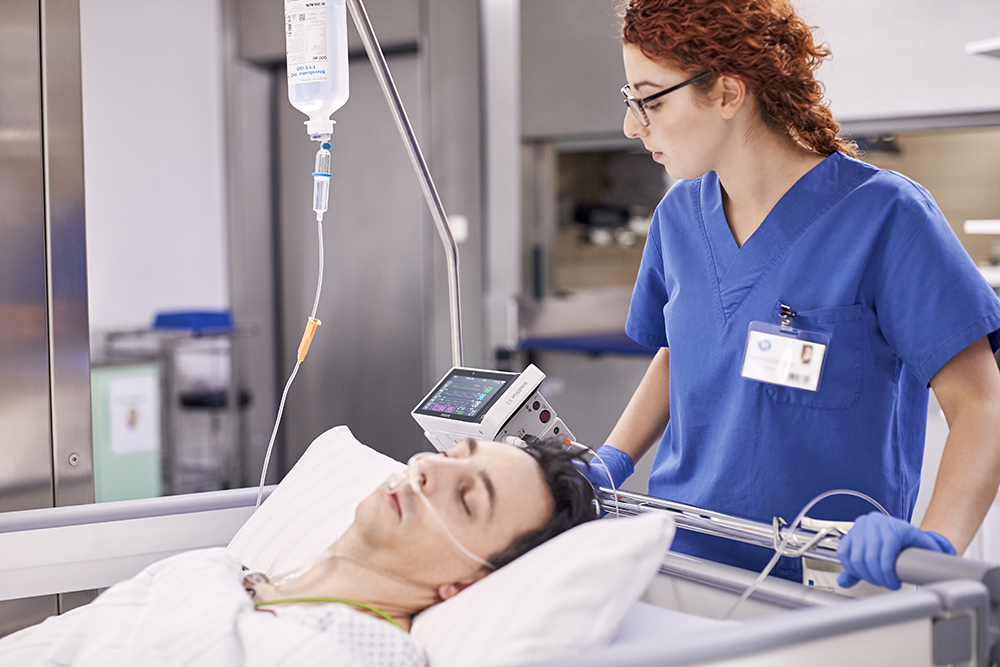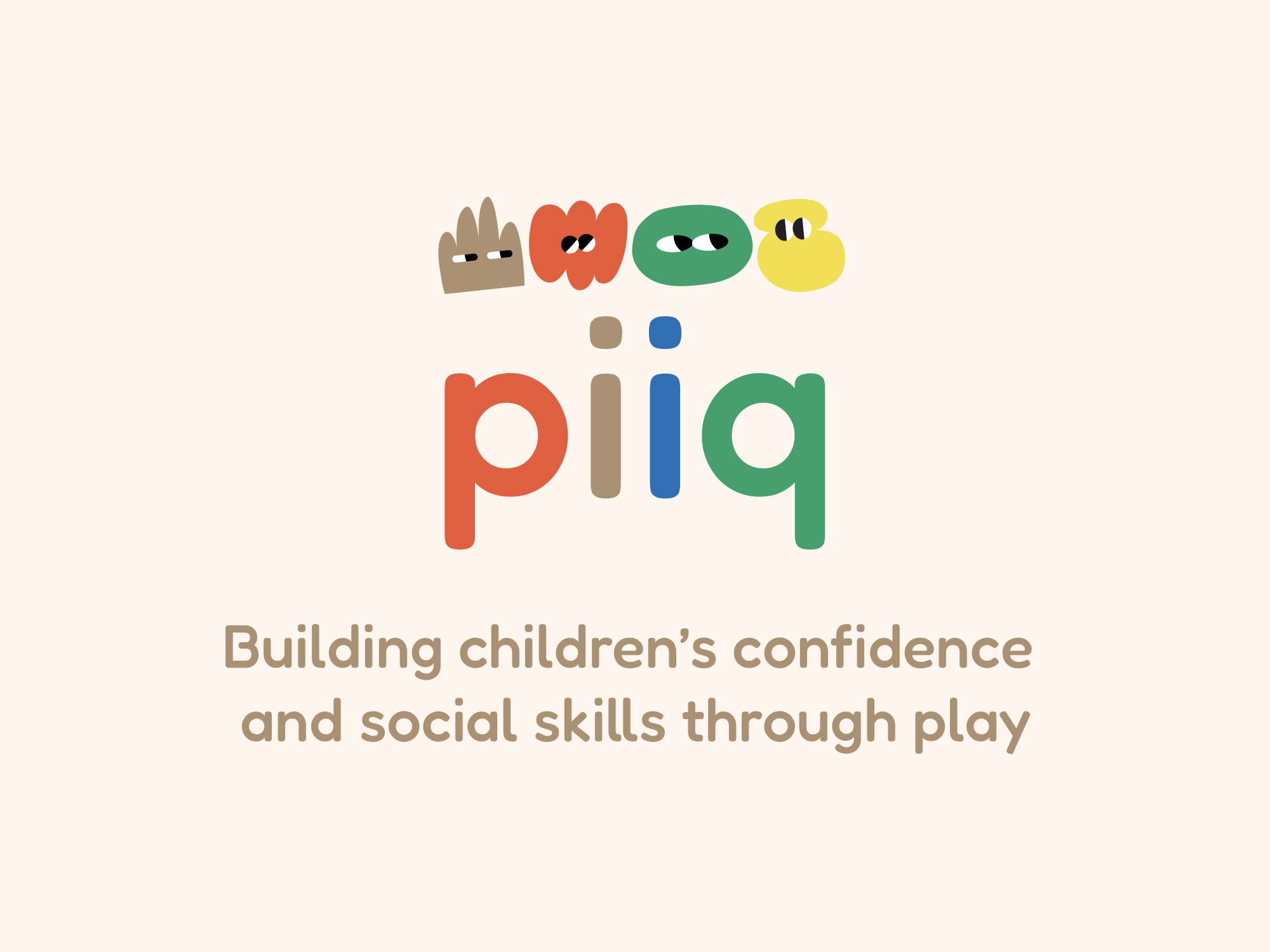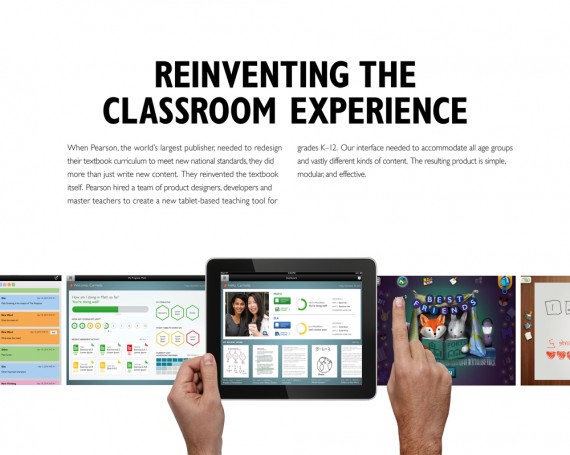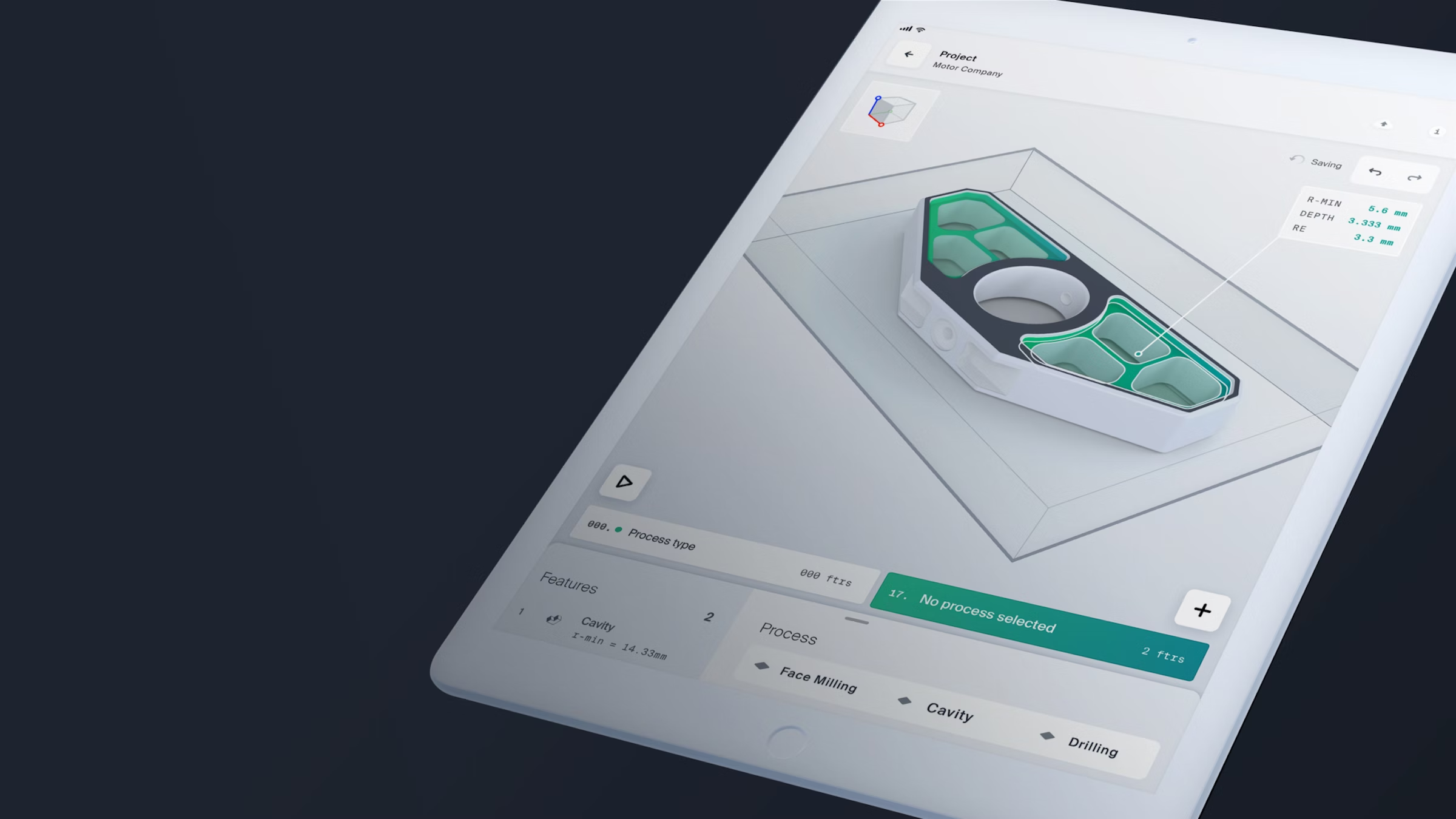Philips Sounds
Team
Company | Institution
Category
Type
Project description
Patient Monitoring alarms in the hospital (especially ICU) can be disruptive to patient rest and sleep, making minimizing the disturbance to patients a crucial consideration for Philips.
The purpose of this project is to create a better patient monitoring sound experience for hospital clinicians and staff, as well as patients and their families. “Better” means that the sounds are both functional (e.g. attention-getting recognizable, distinct from other sounds) as well as sensible (e.g. not annoying or fatiguing, reasonably pleasant). The aim is for healthcare professionals to have a higher quality of work life, and for patients and families to have a more healing environment, as well as safer care from clinicians. The aim is also for those who have a stake in sound design to participate in the process of improvement. This project aligns with all four aspects of the quadruple aim of healthcare providers: enhancing patient experience, improving population health, reducing costs, and improving the work life of healthcare providers.
“Unnecessary noise is the cruelest absence of care that can be inflicted on the sick or the well.”
― Florence Nightingale
What opportunity was the project addressing?
Noise in ICUs and EDs impacts the quality of life and health of patients, their families, as well as healthcare workers. ICU delirium and alarm fatigue are problems that cannot be ignored. Patient monitoring creates up to 82% of the machine sounds in the ICU, which impedes patients’ recovery and clinicians’ delivery of care. It makes the hard work nurses and doctors harder, and makes hospitals’ duty to retain dedicated professionals harder, too. Any improvement of the surrounding noise has a direct positive effect on patients wellbeing and improved caregiver experience.
Who were you designing for?
We designed with and for people in their vulnerable time, patients in hospitals. And we designed with and for all clinicians, who have to hear the alarms every day, over and over again.
What was the impact?
A reduction of the actual alarm noise ab to 66%. Additionally, the new Philips 2021 alarm sounds have an added human dimension. They are as functional as the original tones, bit they are also sensible and less disturbing. This will impact any patient and caregiver in the hospital worldwide.
Describe the design process applied to the project.
The project had three phases of activity over the course of 9-12 months: 1) baseline re-design; 2) community co-design; and 3) product testing. The sounds were designed iteratively in the subsequent phase through community feedback and testing.
The purpose of this project is to create a better patient monitoring sound experience for hospital clinicians and staff, as well as patients and their families. “Better” means that the sounds are both functional (e.g. attention-getting recognizable, distinct from other sounds) as well as sensible (e.g. not annoying or fatiguing, reasonably pleasant). The aim is for healthcare professionals to have a higher quality of work life, and for patients and families to have a more healing environment, as well as safer care from clinicians. The aim is also for those who have a stake in sound design to participate in the process of improvement. This project aligns with all four aspects of the quadruple aim of healthcare providers: enhancing patient experience, improving population health, reducing costs, and improving the work life of healthcare providers.
“Unnecessary noise is the cruelest absence of care that can be inflicted on the sick or the well.”
― Florence Nightingale
What opportunity was the project addressing?
Noise in ICUs and EDs impacts the quality of life and health of patients, their families, as well as healthcare workers. ICU delirium and alarm fatigue are problems that cannot be ignored. Patient monitoring creates up to 82% of the machine sounds in the ICU, which impedes patients’ recovery and clinicians’ delivery of care. It makes the hard work nurses and doctors harder, and makes hospitals’ duty to retain dedicated professionals harder, too. Any improvement of the surrounding noise has a direct positive effect on patients wellbeing and improved caregiver experience.
Who were you designing for?
We designed with and for people in their vulnerable time, patients in hospitals. And we designed with and for all clinicians, who have to hear the alarms every day, over and over again.
What was the impact?
A reduction of the actual alarm noise ab to 66%. Additionally, the new Philips 2021 alarm sounds have an added human dimension. They are as functional as the original tones, bit they are also sensible and less disturbing. This will impact any patient and caregiver in the hospital worldwide.
Describe the design process applied to the project.
The project had three phases of activity over the course of 9-12 months: 1) baseline re-design; 2) community co-design; and 3) product testing. The sounds were designed iteratively in the subsequent phase through community feedback and testing.












